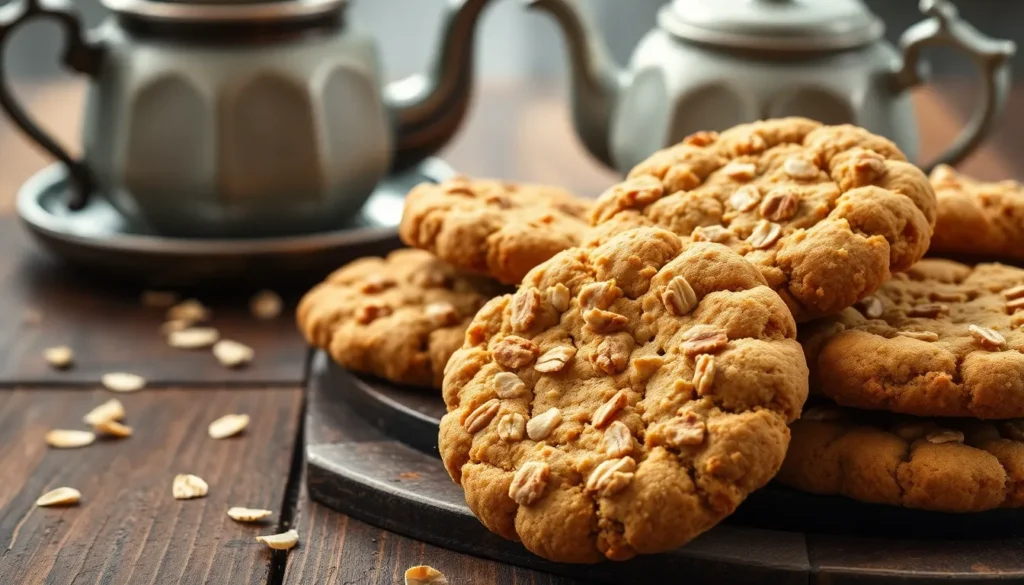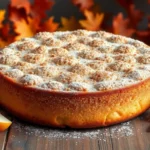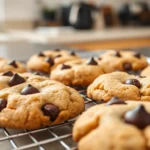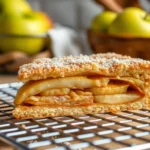We can’t resist the irresistible charm of ANZAC biscuits – those golden, chewy treats that capture hearts with every bite. These iconic Australian and New Zealand cookies tell a story of love and resilience, originally created by families during Industry War I to send to soldiers fighting overseas. The genius lies in their simple ingredients: oats, coconut, and golden syrup create a biscuit that stays fresh for weeks without eggs or milk.
What makes ANZAC biscuits truly special isn’t just their fascinating history – it’s how they transform basic pantry staples into something extraordinary. The moment you bite into one, you’ll taste the perfect balance of sweet and chewy textures that made these biscuits legendary.
We’re excited to share our foolproof recipe that delivers authentic ANZAC biscuits with that signature golden color and addictive flavor. Whether you’re honoring tradition or simply craving something deliciously different, these biscuits will become your new obsession.
Ingredients
We’ve carefully selected each ingredient to deliver the authentic ANZAC biscuit experience that honors tradition while ensuring perfect results every time. These pantry staples combine to create the distinctive chewy texture and rich flavor that makes ANZAC biscuits so beloved.
For the dry ingredients:
- 1 cup rolled oats (old-fashioned, not quick-cooking)
- 1 cup all-purpose flour
- 1 cup desiccated coconut (unsweetened)
- 3/4 cup brown sugar (packed)
- 1/2 teaspoon salt
For the wet ingredients:
- 1/2 cup unsalted butter
- 2 tablespoons golden syrup (or light corn syrup)
- 1/2 teaspoon baking soda
- 1 tablespoon boiling water
Our ingredient list stays true to the original wartime recipe that sustained soldiers across the Pacific. The rolled oats provide hearty texture and nutritional value while the desiccated coconut adds tropical sweetness and helps preserve the biscuits naturally. Golden syrup serves as the binding agent that creates the signature chewy consistency ANZAC biscuits are famous for.
Brown sugar contributes deep molasses notes that complement the butter’s richness. We recommend measuring your flour by spooning it into the cup rather than scooping directly from the bag to avoid dense biscuits. The baking soda activated with boiling water creates the perfect lift without making the biscuits too cake-like.
Equipment Needed
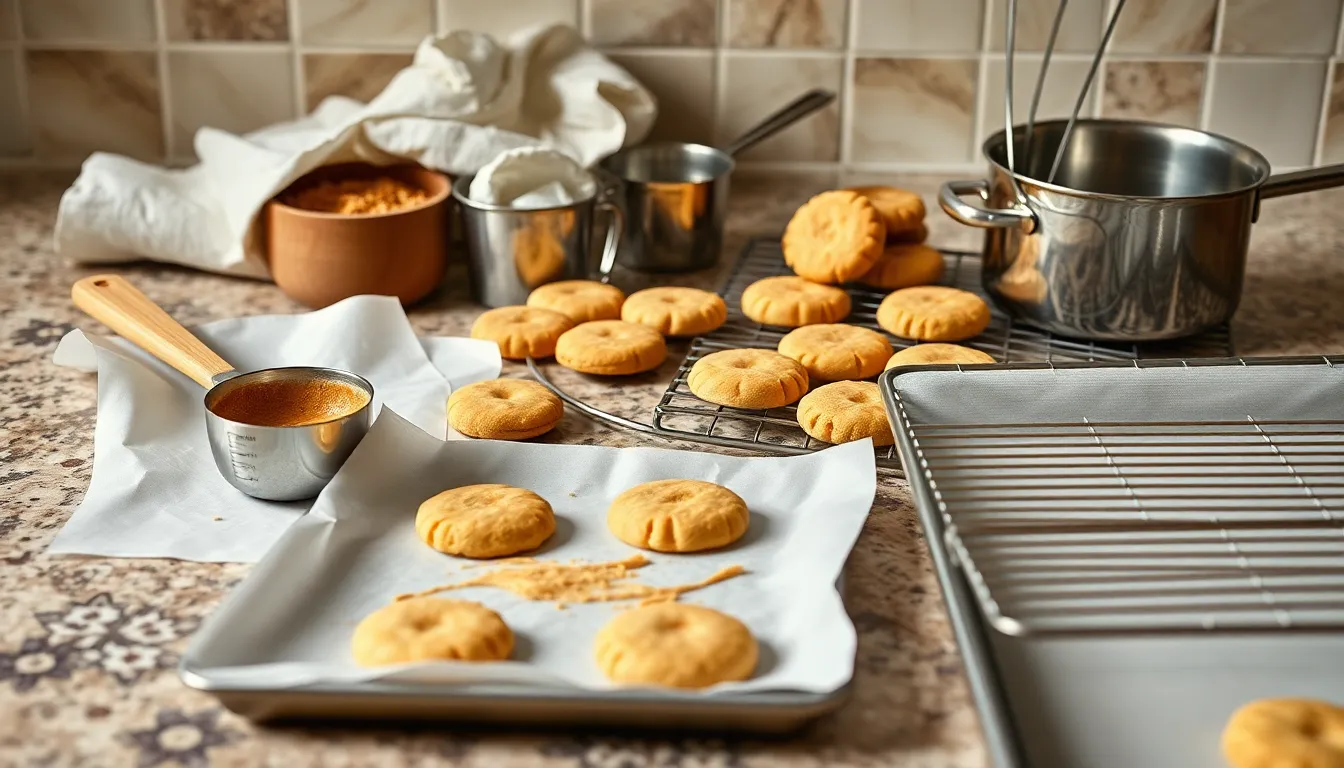
Creating perfect ANZAC biscuits requires exact kitchen tools that ensure consistent results and authentic texture. We recommend gathering these essential items before beginning our recipe to streamline the baking process.
Baking trays form the foundation of our equipment list. We need at least two standard-sized baking sheets to accommodate multiple batches efficiently. Baking paper becomes crucial for lining these trays and preventing our golden biscuits from sticking to the surface.
Tablespoon measurement tools help us portion the dough accurately for uniform biscuits. A standard measuring tablespoon works perfectly for scooping consistent amounts of our mixture onto the prepared trays.
Our mixing process demands a wooden mixing spoon for combining ingredients effectively. Wood provides the ideal balance of strength and gentleness needed to incorporate our wet and dry components without overworking the dough.
Small saucepan serves as our melting vessel for butter and golden syrup. We prefer a heavy-bottomed pan that distributes heat evenly and prevents scorching of these delicate ingredients.
Wire cooling rack completes our equipment arsenal. This essential tool allows proper air circulation around our freshly baked biscuits and prevents soggy bottoms that can ruin texture.
Pro tip for measuring golden syrup: We lightly coat our tablespoon with cooking spray or oil before measuring. This simple technique prevents the sticky syrup from clinging to the spoon and ensures accurate measurements every time.
Having these tools ready transforms our ANZAC biscuit making from challenging to effortless. Each piece of equipment plays a exact role in achieving the authentic chewy texture and golden color that makes these historic treats so beloved.
Instructions
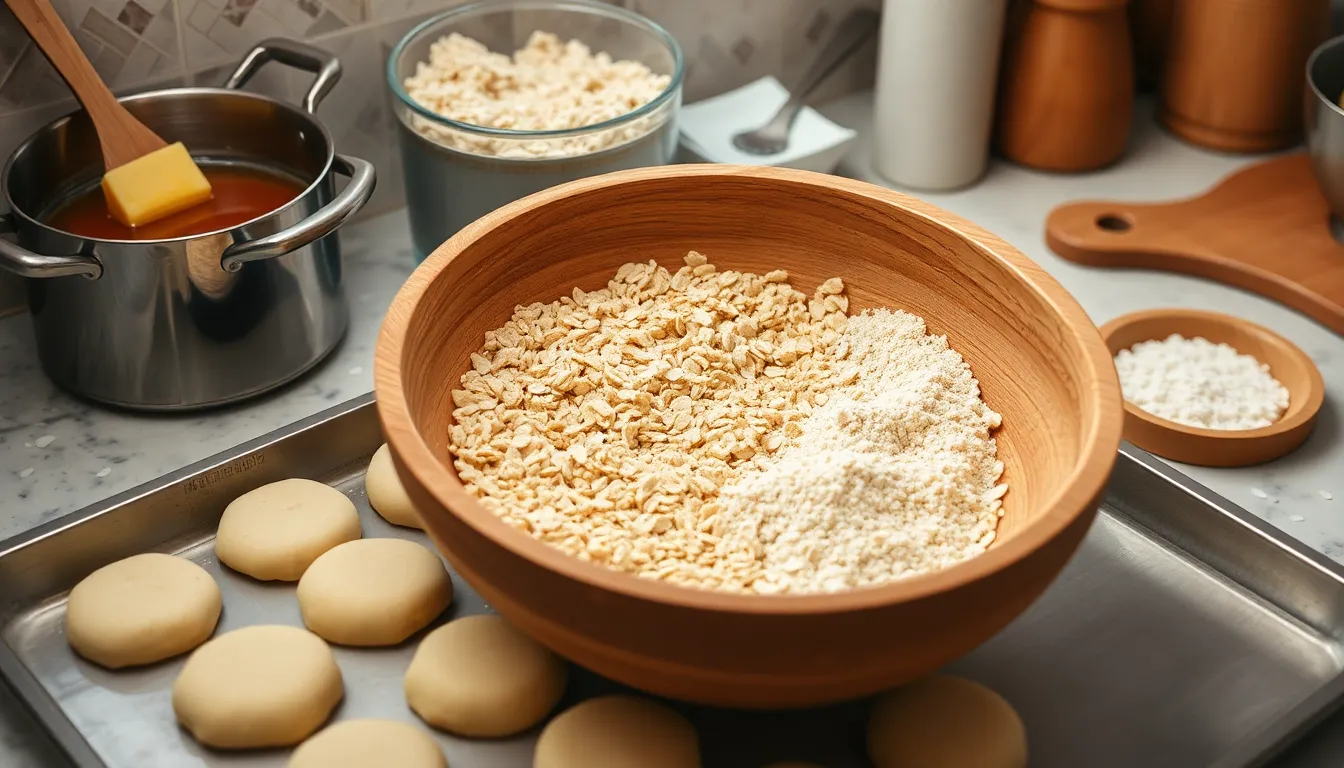
We’ll guide you through each step to create authentic ANZAC biscuits that capture the perfect balance of chewy texture and rich flavor. Our method follows the traditional approach that made these biscuits ideal for long journeys to soldiers overseas.
Prep the Dry Ingredients
Start by combining all dry ingredients in a large mixing bowl. Add 1 cup rolled oats, 1 cup all-purpose flour, ¾ cup desiccated coconut, ½ cup brown sugar, and ½ teaspoon salt. Mix these ingredients thoroughly with a wooden spoon until evenly distributed. This foundation creates the distinctive texture that makes ANZAC biscuits so memorable.
Prepare the Wet Mixture
Place ½ cup unsalted butter and 2 tablespoons golden syrup in your small heavy-bottomed saucepan. Heat over medium-low heat, stirring occasionally until the butter melts completely and combines smoothly with the golden syrup. Remove the mixture from heat and let it cool slightly for 2-3 minutes. Dissolve 1 teaspoon baking soda in 1 tablespoon boiling water, then stir this activated mixture into the butter and golden syrup combination.
Combine and Mix
Pour the warm wet mixture into your bowl of dry ingredients. Use your wooden mixing spoon to combine everything thoroughly until a cohesive dough forms. The mixture should hold together when pressed but remain slightly crumbly. Work quickly while the mixture is still warm to ensure proper binding.
Shape the Biscuits
Preheat your oven to 350°F (175°C). Using a tablespoon, portion out rounded spoonfuls of dough and place them on your lined baking trays. Leave approximately 2 inches between each biscuit to allow for spreading during baking. Gently flatten each portion with the back of your spoon to create uniform thickness.
Bake the Anzac Biscuits
Bake for 10-12 minutes, watching carefully for the edges to turn golden brown. For chewier biscuits, remove them at 10 minutes when centers still appear slightly soft. For crunchier results, bake the full 12 minutes until evenly golden. Transfer the trays to wire cooling racks and let the biscuits cool completely on the trays before removing.
Storage Tips

Once we’ve perfected our batch of ANZAC biscuits, proper storage becomes essential for maintaining their delightful texture and flavor. The composition of oats, flour, sugar, and desiccated coconut naturally contributes to these biscuits’ impressive shelf life.
Room Temperature Storage
For short term storage, we can keep our ANZAC biscuits fresh at room temperature for up to 5 to 7 days. The key lies in using an airtight container placed in a cool, dry location away from direct sunlight and moisture.
| Storage Method | Duration | Container Type |
|---|---|---|
| Room Temperature | 5-7 days | Airtight container |
| Freezer Storage | 3+ months | Airtight container or freezer bag |
Freezing for Long Term Storage
We recommend freezing our ANZAC biscuits for extended storage periods. After baking and cooling completely, place the biscuits in an airtight container or freezer bag. Separate each layer with parchment paper to prevent sticking and maintain individual biscuit integrity.
Frozen ANZAC biscuits maintain their quality for at least three months. When we’re ready to enjoy them, simply thaw the biscuits at room temperature. For warm biscuits, reheat them in the oven for a few minutes.
Restoring Crispiness
Over time, our ANZAC biscuits may lose some of their signature crispiness due to moisture absorption. We can easily revive their texture by warming them in a hot oven at 350°F (180°C) for approximately 5 minutes. This quick heating process restores the biscuits’ delightful crunch and enhances their golden syrup aroma.
Serving Suggestions
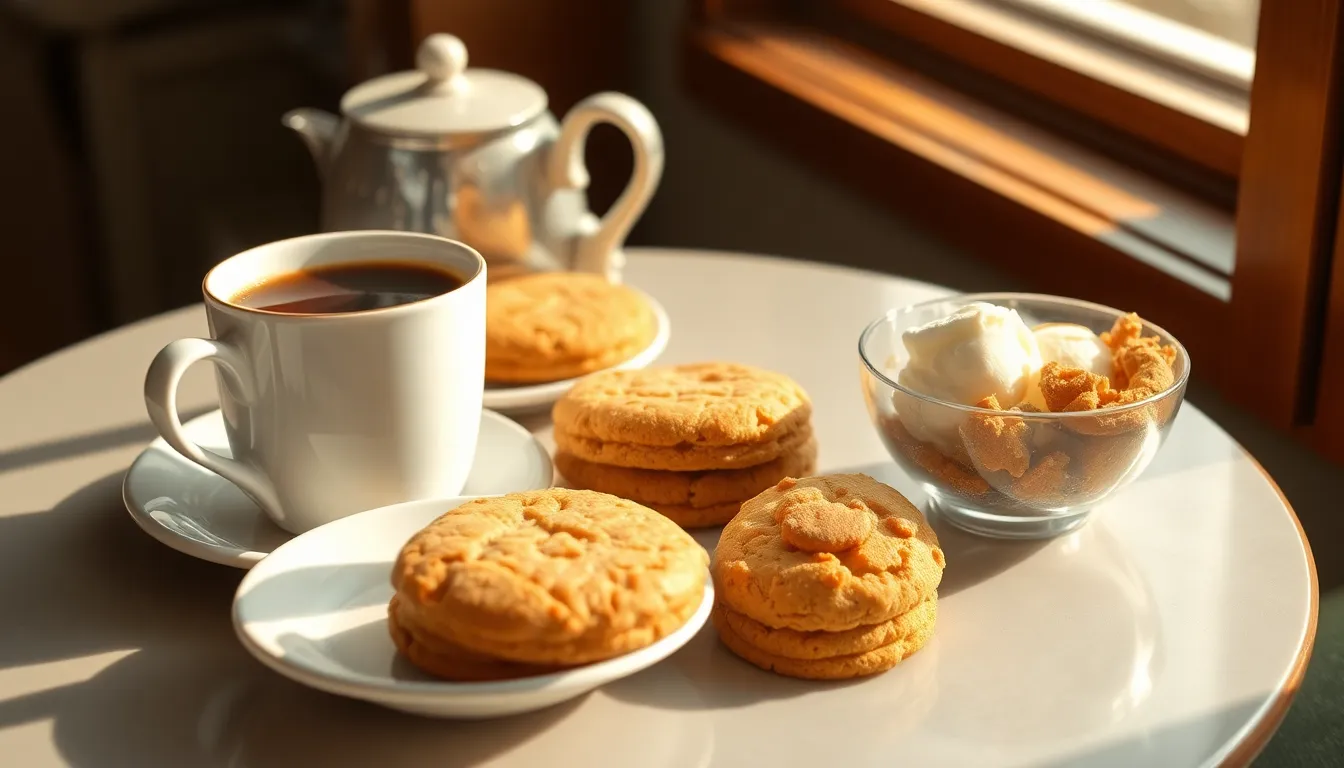
Our beloved ANZAC biscuits shine beautifully on their own, but we love exploring creative ways to elevate these traditional treats. Whether you’re hosting afternoon tea or looking for innovative dessert ideas, these serving suggestions will help you make the most of your homemade batch.
Traditional Pairings
We recommend serving ANZAC biscuits alongside a steaming cup of tea or coffee for the classic Australian experience. This pairing has been cherished since ANZAC Day commemorations began on April 25th, making it a time-honored tradition. Many of us enjoy dunking our biscuits in milk to achieve that perfect softer texture, while others prefer savoring them plain to appreciate their natural crunch.
Creative Dessert Applications
Transform your ANZAC biscuits into show-stopping desserts by crumbling them over vanilla ice cream or Greek yogurt. We find this adds an irresistible crunch and deepens the overall flavor profile. For chocolate lovers, drizzle melted dark or milk chocolate over ANZAC slices before serving to create an indulgent treat that guests will remember.
Baking Transformations
Leftover ANZAC biscuits become fantastic ingredients for other baked goods in our kitchen. We incorporate them into condensed milk ANZAC slabs, golden syrup ANZAC ripple cakes, and lemon honey ANZAC tarts. These creative applications breathe new life into your biscuit batch while maintaining those beloved oat and coconut flavors.
Everyday Enjoyment
Pack ANZAC biscuits or slices in lunchboxes for a portable energy boost throughout the day. We also love creating homemade granola by crushing our biscuits and mixing them with coconut yogurt for a nutritious breakfast option. Fresh fruit pairs wonderfully with ANZAC biscuits, creating a balanced combination of textures and flavors that works for both breakfast and dessert.
Recipe Variations
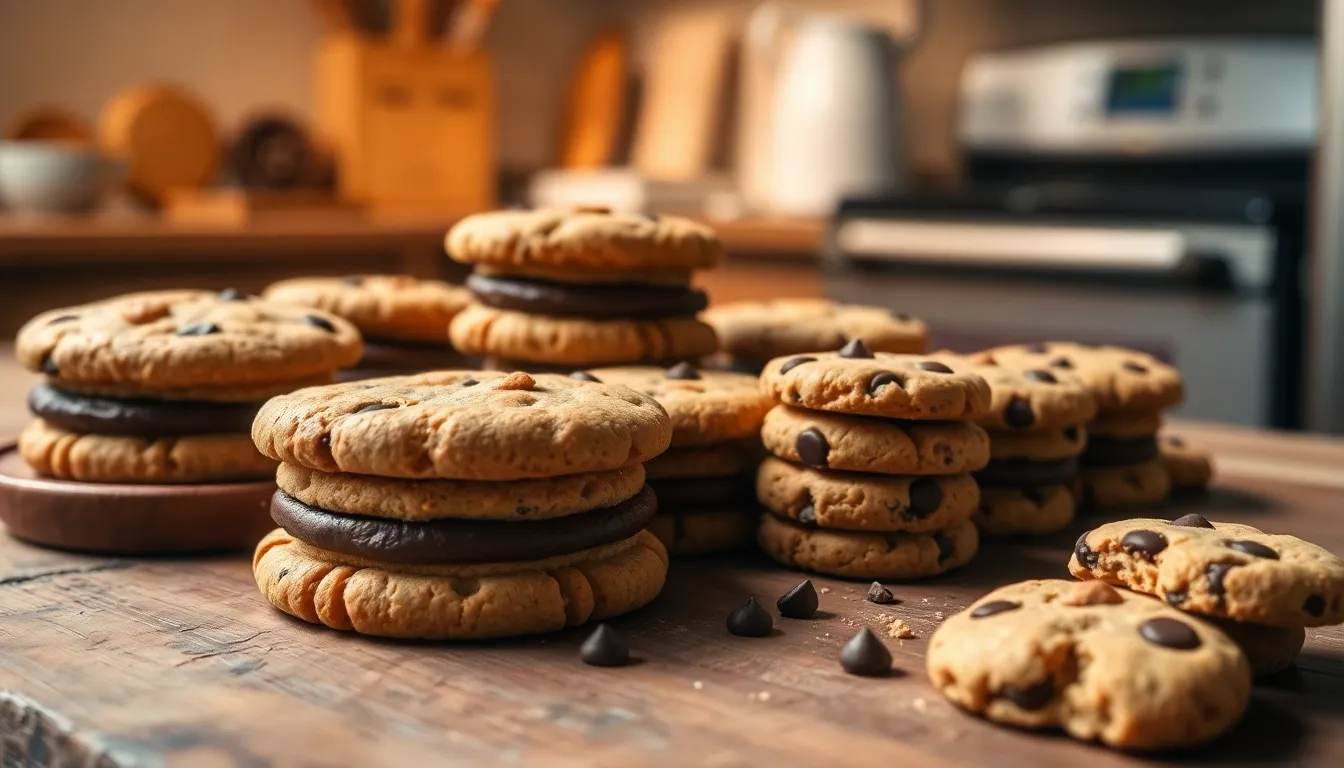
Building on our classic ANZAC biscuit foundation, we can easily adapt this beloved recipe to suit different dietary needs and flavor preferences. These variations maintain the authentic spirit of traditional ANZAC biscuits while offering exciting new twists.
Coconut-Free Version
We understand that coconut isn’t for everyone, so we’ve perfected a delicious alternative that preserves the distinctive ANZAC texture. Replace the 1 cup of desiccated coconut with an equal amount of finely chopped almonds or walnuts for added crunch and protein. Alternatively, we recommend using an additional ½ cup of rolled oats combined with ½ cup of sunflower seeds for a completely nut-free option.
The preparation method remains identical to our traditional recipe. Simply substitute the coconut with your chosen alternative in the dry ingredient mixture. These variations create biscuits with slightly different flavor profiles while maintaining that signature chewy center and golden exterior we all love.
Chocolate Chip Anzac Biscuits
Transform our classic recipe into an indulgent treat by folding in ¾ cup of dark chocolate chips after combining the wet and dry ingredients. We prefer using dark chocolate chips as they complement the golden syrup’s caramel notes without overwhelming the traditional ANZAC flavors.
Mix the chocolate chips gently into the dough just before shaping to ensure even distribution. The chocolate will soften slightly during baking, creating pockets of melted goodness throughout each biscuit. Allow these chocolate-studded versions to cool completely on wire racks before storing, as the melted chocolate needs time to set properly.
Mini Anzac Biscuits
Perfect for parties, lunchboxes, or portion control, mini ANZAC biscuits deliver all the traditional flavors in bite-sized portions. Use our standard recipe but form smaller balls using a teaspoon instead of a tablespoon, creating portions roughly half the original size.
Space these mini versions about 1 inch apart on your baking trays since they require less spreading room. Reduce the baking time to 8-10 minutes at 325°F (160°C), watching carefully for that perfect golden color. These smaller biscuits bake faster and can go from perfectly golden to overcooked in just a minute or two.
Store mini ANZAC biscuits in smaller airtight containers to maintain their crispness, and expect them to disappear quickly due to their irresistible snack-sized appeal.
Troubleshooting Tips
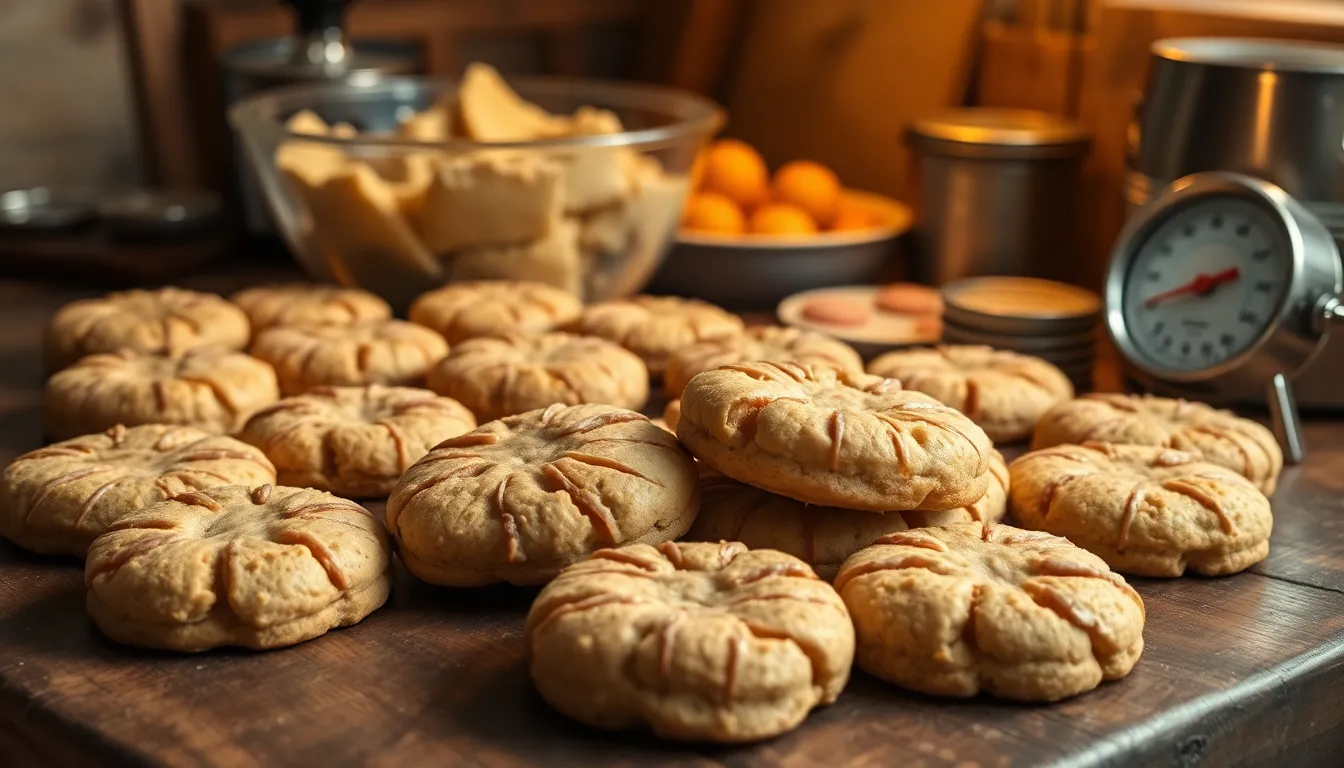
We understand that baking ANZAC biscuits can sometimes present unexpected challenges. These time-tested answers will help you achieve perfect results every time.
Preventing Flat and Overly Spread Biscuits
Biscuits that spread too much during baking often indicate an oven running hotter than expected. We recommend using an oven thermometer to verify your actual temperature matches the dial setting. Adjusting your sugar ratio can also control spreading patterns effectively.
| Sugar Type | Effect on Spreading | Recommended Use |
|---|---|---|
| Brown Sugar | Reduces spreading, creates thicker biscuits | For chewier, thicker texture |
| White Sugar | Promotes spreading, creates thinner biscuits | For crispier, wider texture |
Managing Dough Consistency Issues
Sticky dough requires additional flour added gradually until the mixture becomes manageable. Conversely, dry dough benefits from extra melted butter incorporated one tablespoon at a time. We find that environmental humidity significantly affects dough consistency, so adjust ingredients accordingly.
Achieving Your Preferred Texture
Controlling baking time determines whether your biscuits turn out chewy or crisp. For chewy ANZAC biscuits, we reduce the recommended baking time by 2-3 minutes. Crispy results require the full recommended time or an additional 1-2 minutes of baking.
Temperature and Timing Adjustments
Traditional ovens perform best at 180°C (350°F) for 10-12 minutes. Fan ovens require temperature reduction to 160°C (320°F) with shortened baking time of approximately 7 minutes. We always verify our oven temperature before baking to prevent unwanted spreading.
Golden Syrup Substitution Answers
When golden syrup is unavailable, we create an effective substitute by combining 1 part molasses or treacle with 3 parts honey. This mixture provides the necessary toffee-like flavor that gives ANZAC biscuits their distinctive taste profile.
Conclusion
ANZAC biscuits represent more than just a sweet treat – they’re a delicious connection to history that we can all enjoy making at home. With our comprehensive guide covering everything from ingredient selection to storage tips, you’re now equipped to create these iconic biscuits with confidence.
Whether you stick to the traditional recipe or experiment with our suggested variations, these golden gems will deliver that perfect balance of chewy texture and rich flavor. The beauty of ANZAC biscuits lies in their simplicity and versatility – they’re just as wonderful with your morning coffee as they are crumbled over dessert.
We encourage you to embrace the tradition and make these timeless biscuits part of your regular baking routine. Your kitchen will smell amazing and your family will thank you for bringing this piece of Australian and New Zealand heritage to life.
Frequently Asked Questions
What are ANZAC biscuits?
ANZAC biscuits are iconic treats from Australia and New Zealand that originated during World War I. Families made these simple yet delicious biscuits to send to soldiers overseas. They’re made with oats, coconut, and golden syrup, giving them a distinctive chewy texture and long shelf life that made them perfect for wartime correspondence.
What ingredients do I need to make authentic ANZAC biscuits?
You’ll need rolled oats, all-purpose flour, desiccated coconut, brown sugar, salt, unsalted butter, golden syrup, baking soda, and boiling water. These simple ingredients create the signature chewy texture and rich flavor while staying true to the original wartime recipe that families used over a century ago.
How long do ANZAC biscuits stay fresh?
ANZAC biscuits can be stored at room temperature for 5 to 7 days in an airtight container. For longer storage, they can be frozen for over three months in an airtight container or freezer bag with parchment paper between layers to prevent sticking.
Can I make variations of the traditional ANZAC biscuit recipe?
Yes! You can make coconut-free versions using finely chopped nuts or sunflower seeds, add chocolate chips for an indulgent twist, or create mini ANZAC biscuits for bite-sized treats. Each variation maintains the signature chewy texture and golden exterior while accommodating different dietary needs and preferences.
What kitchen equipment do I need to make ANZAC biscuits?
You’ll need at least two standard-sized baking trays, baking paper, a tablespoon for portioning dough, a wooden mixing spoon, a small heavy-bottomed saucepan for melting ingredients, and a wire cooling rack. These basic tools ensure you can create perfectly shaped and properly cooled biscuits.
How do I fix common ANZAC biscuit baking problems?
If your biscuits spread too much, check your oven temperature and adjust sugar ratios. For dough consistency issues, gradually add flour if too wet or melted butter if too dry. Control texture by adjusting baking times – shorter for chewier biscuits, longer for crunchier ones.
What can I substitute for golden syrup in ANZAC biscuits?
You can substitute golden syrup with a mixture of molasses or treacle combined with honey. This maintains the distinctive flavor and binding properties that golden syrup provides in the traditional recipe, ensuring your biscuits still have that authentic taste and texture.
How should I serve ANZAC biscuits?
ANZAC biscuits pair wonderfully with tea or coffee, or enjoy them with milk for a softer texture. Get creative by crumbling them over ice cream or yogurt, drizzling with chocolate, or incorporating them into other desserts like ANZAC slabs and tarts for elevated treats.

